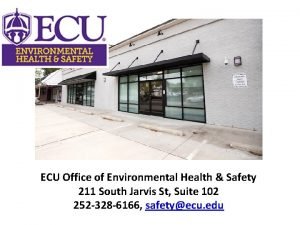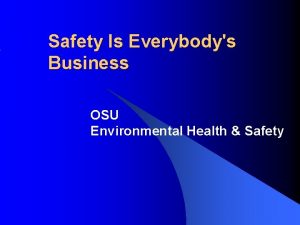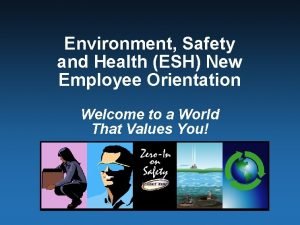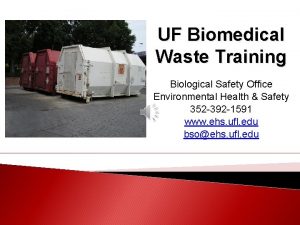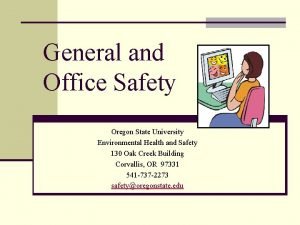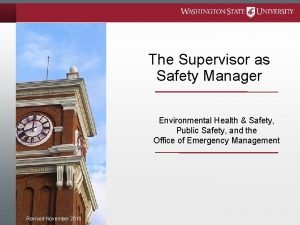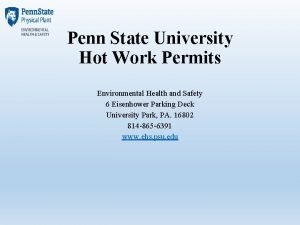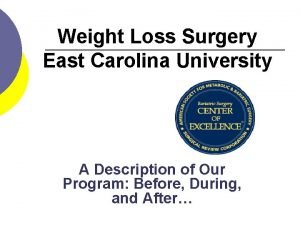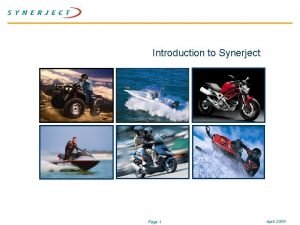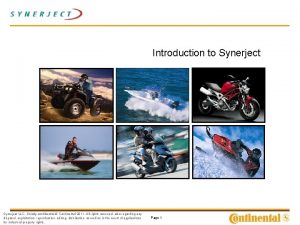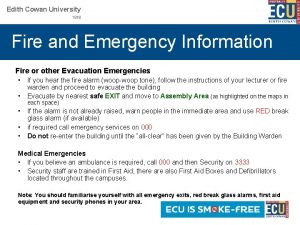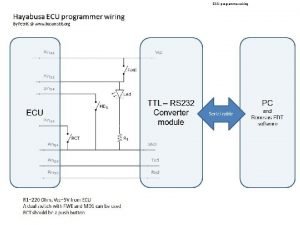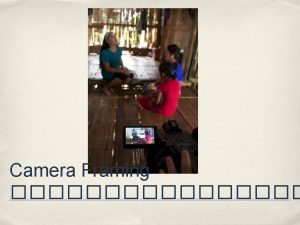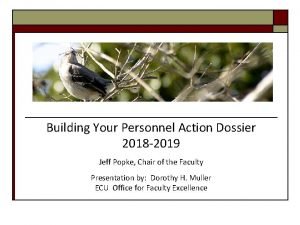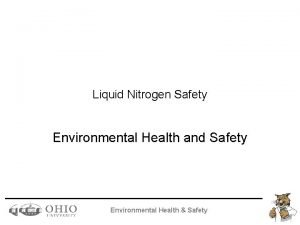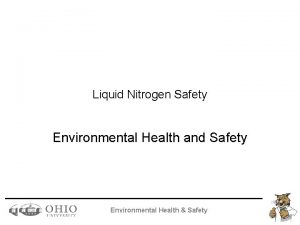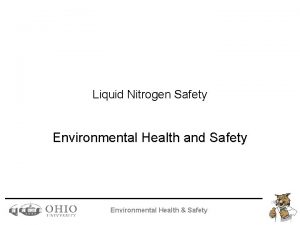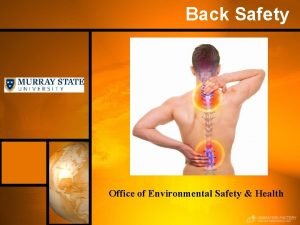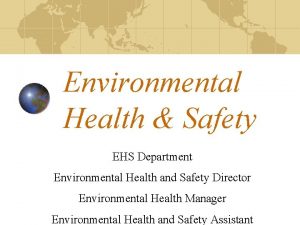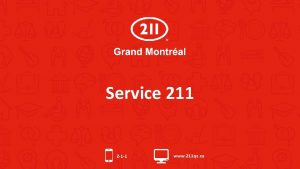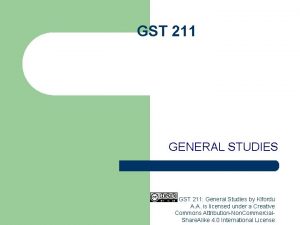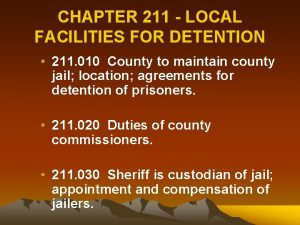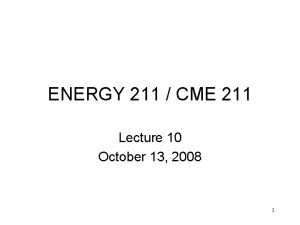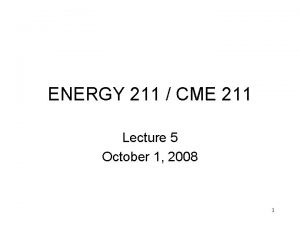ECU Office of Environmental Health Safety 211 South



















- Slides: 19

ECU Office of Environmental Health & Safety 211 South Jarvis St, Suite 102 252 -328 -6166, safety@ecu. edu

ECU Prospective Health Clinic Drive, Ed Warren Life Sciences Bldg, Room 188 252 -744 -2070 Biological Safety, Radiation Safety, Infection Control, Employee Health

EH&S Overview • Protect and promote health and safety of employees, students, visitors & environment • Vice Chancellor Administration & Finance, Associate Vice Chancellor Campus Safety & Auxiliary Services • Comply with local, state and federal regulations • Subject to inspection by OSHA, EPA, NC DEQ, NC DOI, NC DOL, & Pitt County Health Dept. • Provide safety trainings to employees

EH&S Programs • • • • Incident Reporting/Investigation Workers’ Comp Laboratory Safety Ergonomics Hazard Communication Chemical/Hazardous Waste Personal Protective Equipment Respiratory Protection Indoor Air Quality Business Continuity Planning Safety Shoes Event Planning Resources Clinical Staff Safety Art Safety Water Quality • • • • Emergency Action Plans Asbestos Awareness Confined Space Lockout/Tagout Hot Work Forklift/Aerial Lift Ladders Fall Protection Electrical Safety Power Tools/Machine Guarding Grant Review Contaminated Surplus Property Food Safety Heat Stress Exposure Monitoring/Medical Surveillance Security Technology

Employee Rights and Responsibilities • Employee has basic right to make a complaint regarding unsafe/unhealthy workplace conditions • Address complaint in-house by notifying supervisor and/or ECU EH&S at 328 -6166 • Contact NC DOL if issue is not resolved in-house (1 -800 -NC-LABOR) • Employer cannot retaliate against an employee for making a complaint • Employee confidentiality upon request

Accident Reporting • Report all accidents/near misses to your Supervisor immediately • If not an emergency, contact EH&S WC (252 -328 -6166) to arrange medical treatment • If an emergency, call 9 -1 -1 – e. g. broken bone, head injury, chemical exposure, allergic reaction • Complete and submit required reporting forms w/in 48 hours of incident: – Employee Incident Report, Supervisor Incident Investigation & Medical Authorization

Workers’ Compensation • Available to full-time, part-time, temporary and student workers – Covers medical treatment for injury – If taken out of work, employee is compensated for wages at 66 2/3 of salary • Govern NC Industrial Commission – Follow NC WC Law, program through NC OSHR • Medical treatment authorized by EH&S • 3 rd-party case management (compensability) • Failure to comply w/ WC procedures may jeopardize coverage

Emergency Planning Emergency Action Plans Emergency Evacuation Procedures Evacuation procedures Location of primary and secondary exits • When alarm sounds or you are notified of an emergency: Location of pull stations Mandatory building evacuation, Location of designated meeting site do not reenter Emergency phone numbers – Pull alarm on your way out Procedures for accounting for personnel – Call 9 -1 -1 from your Procedures for evacuating disabled designated meeting location persons – Not responsible for fighting • Procedures for personnel with special fire responsibilities during an alarm • Drills conducted annually • Shelter-in-Place procedures • •

Hazard Communication OSHA 29 CFR 1910. 1200 Right to Know Act • Hazards you may encounter in work area-specific chemical hazards-operations w/ chemicals • Labels, Safety Data Sheets (SDS), Pictograms • Training – Initial employment, new hazard introduced, employee does not understand requirements • Supervisor – Provide more in depth training


Safety Data Sheets (SDS) (previously MSDS) 1. Identification 2. Hazard Identification 3. Composition/Information on Ingredients 4. First Aid Measures 5. Fire Fighting Measures 6. Accidental Release Measures 7. Handling and Storage 8. Exposure Control/PPE 9. Physical and Chemical Properties 10. Stability and Reactivity 11. Toxicological Info 12. Ecological Info 13. Disposal Consideration 14. Transport Info 15. Regulatory Info 16. Other Info **Must be readily accessible to employees at all time. **


Laboratory Safety • Complete the Chemical Hygiene/Lab Safety Training before beginning work in the laboratory • Complete Lab Specific Training w/ Lab Supervisor • Wear required personal protective equipment This Photo by Unknown Author is licensed under CC BY – No shorts/short skirts, flip flops/sandals • Review & follow Lab Safety Plans

Chemical/Hazardous Waste • Chemical/Hazardous Waste Disposal: EH&S – Pick up on Thursdays, waste tag & storage requirements, safety@ecu. edu • Drain Disposal: EH&S – Do not drain dispose unless approved by EH&S • Biological/Radioactive: Prospective Health – 252 -744 -DUMP • Sharps: Prospective Health • Broken Glass: Housekeeping – Tape box closed • Recycle and Regular Trash: Moving Services/Housekeeping

Ergonomics • Adapting tasks to fit the employee – One size does not fit all – Maximize your health & comfort by using your body in efficient ways • Self-evaluation of behaviors and postures • Recognizing signs and symptoms associated with musculoskeletal disorders • Request Process – Online form

Asbestos Awareness This Photo by Unknown Author is licensed under CC BY-ND • Naturally occurring fibrous mineral found in building materials on campus including ceiling material, pipe insulation and floor tile • Potential to cause health hazard if inhaled • Intact, undisturbed material does not pose significant health risk • Report damaged material to EH&S • Asbestos webpage for additional information This Photo by Unknown Author is licensed under CC BY-NC -ND

Warning Signs/Tags This Photo by Unknown Author is licensed under CC BY

Highlights • When in doubt, ask questions • Make sure you participate in training & it is documented • Review specific hazards, emergency action plans and evacuation plans with your supervisor • If an accident or near miss occurs, immediately report it to your supervisor

Questions, Comments, Concerns? ECU EH&S 211 South Jarvis St, Suite 102 252 -328 -6166 safety@ecu. edu www. ecu. edu/oehs
 Ecu environmental health
Ecu environmental health Osu environmental health and safety
Osu environmental health and safety Esh environmental safety health
Esh environmental safety health Eh&s uf
Eh&s uf Ehs oregon state
Ehs oregon state Wsu environmental health and safety
Wsu environmental health and safety Ehs psu
Ehs psu Wireless health
Wireless health Old south vs new south streetcar named desire
Old south vs new south streetcar named desire Nmsu housing address
Nmsu housing address Snohomish county sheriff north precinct
Snohomish county sheriff north precinct Erosion stomach
Erosion stomach Ecu weight loss surgery
Ecu weight loss surgery Synerject continental
Synerject continental Synerject
Synerject Riskware ecu
Riskware ecu Hayabusa ecu pinout
Hayabusa ecu pinout Ecu cu mcu ms ws ews
Ecu cu mcu ms ws ews Ecu cu mcu ms ws ews
Ecu cu mcu ms ws ews Faculty 180 ecu
Faculty 180 ecu
